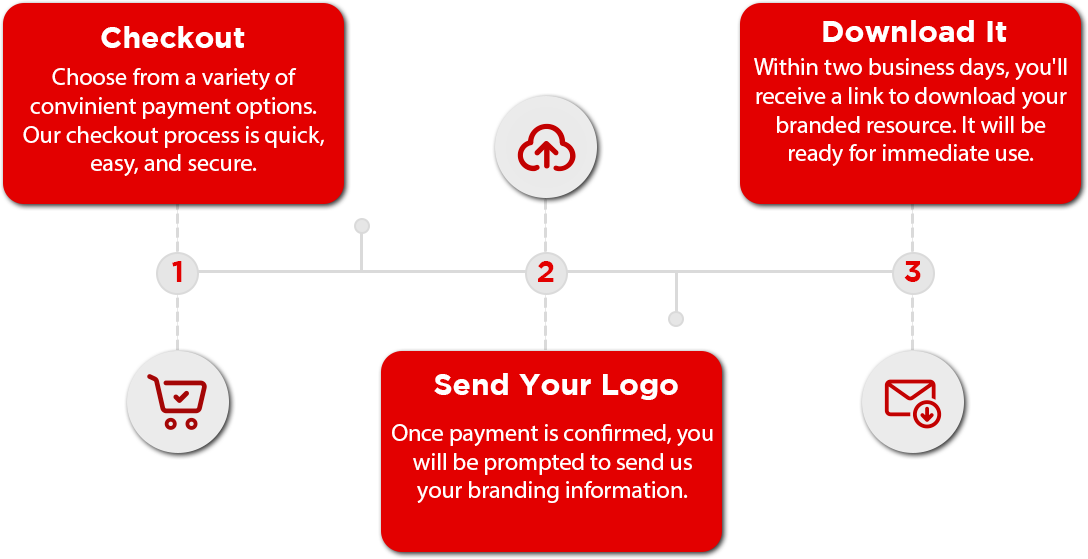The Essential Cybersecurity Tips for LinkedIn Job Seekers Reference Guide is a comprehensive 1-page digital or printable resource designed to protect employees, job seekers, and students from the growing wave of fake job offers and recruiter scams on LinkedIn. As the world’s most widely used professional networking platform—with millions of daily users—LinkedIn has become a prime target for cybercriminals and scammers who exploit trust to steal personal information, spread malware, or lure victims into financial fraud.
This easy-to-read guide features 10 actionable tips that can be applied immediately, including how to verify recruiter identities, research company profiles, and avoid vague or overly urgent job listings that pressure you into quick action. It also emphasizes the importance of never oversharing personal data, such as birthdates, addresses, or banking information, which can be used in identity theft or phishing attacks.
Each version can also be custom-branded with your organization’s logo, making it an effective, on-brand security awareness tool.
$49.00

Your company logo is included in content of you purchase.
Receive your branded resource in less than 48 hours.
Content is produced with ease-of-distribution in mind.
Receiving your branded resource is quick and easy.
During the checkout process, you will be prompted to upload your logo or send it via email. Once we have your brand material, we will deliver this resource branded for your organization in less than 48 hours. It will arrive via the e-mail you provided.

$249.00
Learn how scammers gather information about you, gain extensive insights into your personal details, and rely on your interaction. This insight is geared towards helping employees understand how the bad guys work.
$249.00
A 3-minute video interview with the Identity Theft Resource Center CEO, offering practical steps and free resources for anyone impacted by identity theft.
$249.00
Be wary of the Geek Squad phishing scam promising hefty refunds for canceled memberships. If you reach out to the call center, what unfolds? Stay alert.